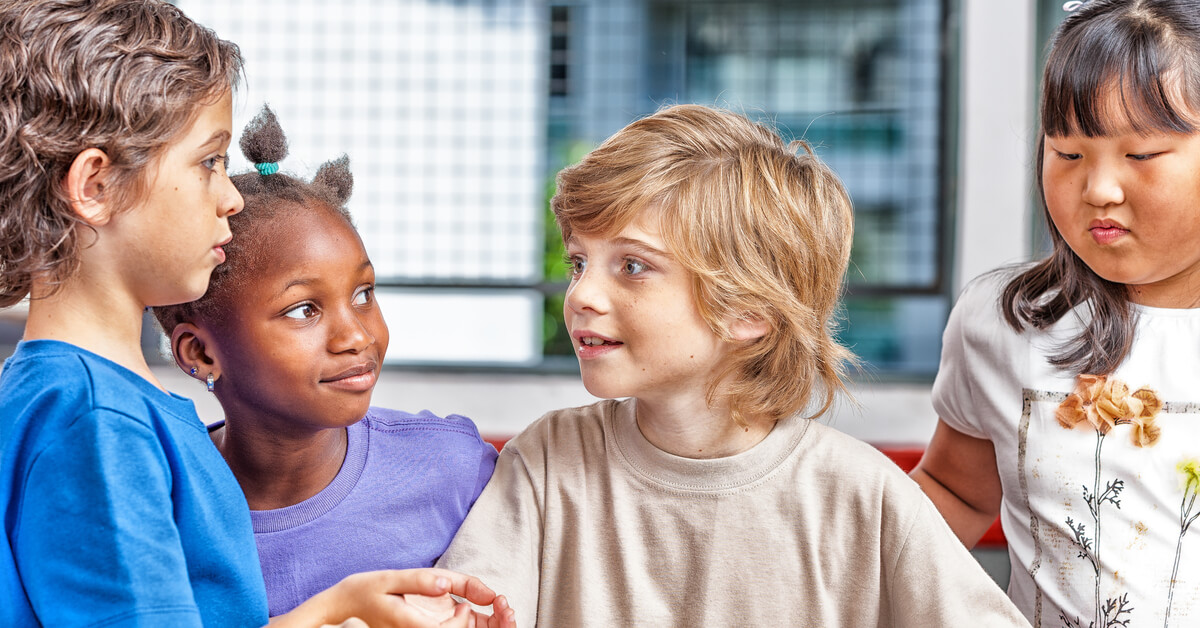How many times have you been burdened by a pile of papers in desperate need of your feedback or grading?
Of those times, how many have you found ways to cut corners on because there are just too many?
It’s okay to be honest with yourself about this, no one else is listening or judging.
You are only one person, how can you possibly give every child exactly what he/she needs at that moment, when they all need something different at the same time?
Unless we consider something else; another possible solution that can benefit everyone on multiple levels.
After all, why should teachers be the only valuable voices of feedback in a learning space?
Time for another unteaching moment.
Until now, most students have been trained to do as they’re told, ask questions of the teacher as needed and make changes only when a teacher suggests they be made.
Because, a teacher’s feedback is clearly the ONLY right feedback.
Wrong.
What if we can teach students to become adept at looking for the things we notice in their writing and then allow them to work…



